The Four Pillars of Adulthood
The Big Idea: We should replace the harmful American adulthood myth with four key areas of focus.
Rather than being distracted by the current adulthood myths or by any other symbols of adulthood (which can shift from generation to generation), the church could instead minister to youth based on an understanding of what makes adulthood different from childhood.
No matter what symbols of adulthood different societies have adopted, the universal differences between childhood and adulthood remain the same. At CAI, we summarize these universal, distinguishing characteristics of adulthood with four pillars: liberty, authority, identity, and mystery. We believe that if families and churches adopted these pillars as the organizing goals of their ministry to youth, church would become the place where kids become Christian adults.
The Four Pillars of Adulthood
PILLAR #1
Liberty
Liberty is the ability to choose what’s best and do it.
Children should be protected from too much liberty (too much liberty can be understood as a form of neglect), while adults should be meaningfully able to exercise liberty. Youth are in the process of moving from one state to the other.
PILLAR #2
Authority
Authority is the power to justly command and lovingly care for other things and people.
Children receive their possessions and roles in a directly derivative way from the adults who care for them, while adults have meaningful, direct power over other things and people. Youth are in the process of moving from one state to the other.
PILLAR #3
Identity
Identity is the way one truly knows and recognizes oneself, and the way one is truly known and recognized by others. It is everything that helps someone who loves you arrive at “you.”
Children receive all the primary markers of their identity from the adults who care for them, while adults have the power to take ownership of their public representations and affiliations. Youth are in the process of moving from one state to the other.
PILLAR #4
Mystery
Mystery is everything that exceeds our ability to contain, represent, or control it, such as romance, adventure, grief, fear, pain, or hard questions.
Children should be protected from large pains, pleasures, risks, and romances, while adults are expected to engage with those things directly, turning around to protect the children who come behind them. Youth are in the process of moving from one state to the other.
The Four Pillars can be understood in an internal sense (maturity) and in a social sense (adult status).
This dual sense of adulthood is implicit in the way we use the word “adult.” When we use the word, we’re usually talking about both an inner state of being and about a role in society.
Liberty, authority, identity, and mystery succeed in describing both senses of adulthood, providing a clear distinction between children and adults, both internally and socially.
See the graph below for more detail.
Click to expand
Now that the two senses of adulthood are clear, it’s important to keep a couple additional things in mind. First, we should remember that maturity and social status are very rarely attained at the same rate, at the same time, or by the same means. Second, we should remember that maturity is almost entirely up to the individual to attain, while social status is almost entirely up to the adults around her or him to impart.
This is important for two reasons. First, it’s important to remember that many mature youth are nevertheless treated as less than adults by their communities, and that many people who are socially accepted as adults are immature. By keeping those facts in mind, we can work to encourage the mature youth, and we can work to protect people from the immature adults. Both goals are essential for healthy youth ministry.
Second, it’s important because it introduces questions for discernment such as, “Is it just, responsible, and dignifying to raise the bar for this youth by increasingly treating them as an adult (whether or not we see a certain type of maturity); or would that inappropriately empower them to injure themselves and others?” By recognizing that maturity and social status operate out of synch, we can separate our responsibilities to our youth from their responsibilities to themselves, which reduces confusion and facilitates discernment.
The Four Pillars are inexhaustible.
You can’t run out of liberty, authority, identity, or mystery. There’s always more freedom to gain, more authority, more self-knowledge and self-expression to win, more mystery to explore. There will be more of each to gain all the way into everlasting life.
For this reason, it can be difficult to discern what level, type, or amount of each Pillar would qualify one as an adult. When is someone free “enough?” Have “enough” authority? Is in “enough” possession of their identity? Is turned “enough” toward the world’s mysteries?
Yet, for each individual, a clear recognition of their own distinction from a childhood relationship toward the Four Pillars will, at some point become apparent to themselves and to the people around them. When one feels confident in one’s adulthood, it is because of a confidence in one’s stronger relationship toward the Four Pillars than one had as a child. When one feels uncertain of one’s adulthood, it is because the Pillars seem somehow insufficiently distinct from childhood.
The mature adult is not someone who is perfectly free (which would exclude everyone but Jesus), but rather is someone who faithfully pursues freedom, whose life is structured toward their own fuller liberty. Likewise, the mature adult is not someone who is perfectly empowered, but one who lives for greater authority. She is someone who lives for fuller self-knowledge and truer self-representation. He is someone who lives for a fuller, richer ability to face the world’s largest pleasures, pains, and questions.
In every case, this orientation toward everlasting growth in each of the Four Pillars is a better signifier of mature adulthood than any given “level” of adulthood could be. Adulthood and maturity are about the trajectory of one’s life.
Adulthood isn’t about turning 18 or leaving home, it’s about a new relationship to liberty, authority, identity, and mystery.
The awkwardness and difficulty, as well as the exhilaration, of leaving childhood and entering adulthood can always be traced back to a shifting relationship to the Four Pillars, internally or socially. Youth become frustrated when they feel that their community is too slow to give them leave to act as they see fit (liberty), or too slow to offer them a real voice with real social power (authority), or too slow to see that they aren’t just a kid anymore (identity), or too slow to give them access to things in the world that excite and inspire them (mystery). Likewise, most of the greatest pleasures of youth come from increased access to each of the four pillars.
The Four Pillars fundamentally shape the transition into adulthood for every culture, place, and time. They, not the symbols of adulthood, are the key to understanding how to reach and serve our youth.
The Four Pillars could guide our ministry toward Christian youth.
By turning ourselves toward the joyful, messy work of offering youth ever-increasing access to liberty, authority, identity, and mystery, we could bring healing to the adulthood transition. Our ministry to youth could be transformed from an expression of extended adolescence into a revelation of the joys of adulthood. We could ask,
How can we help make them freer?
How can we grant them greater authority, and greater powers of stewardship?
How can we help them know themselves as God knows them?
How can we curate expanding encounters with the biggest griefs, joys, and questions in the world?
We could let the answers guide our teaching, our activities, and our whole approach. Churches could become the places where kids become adults.

